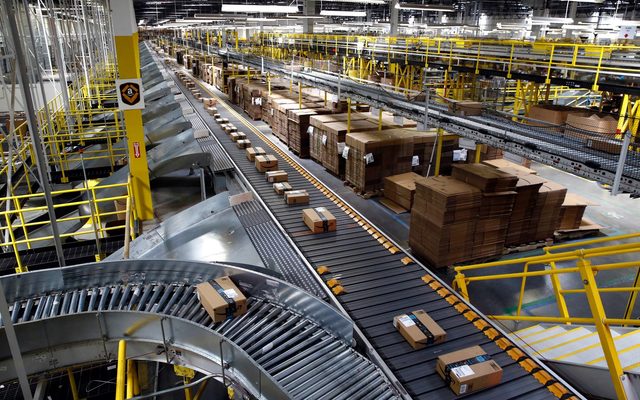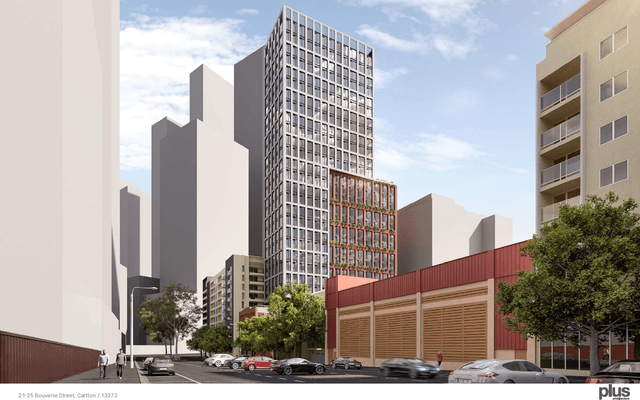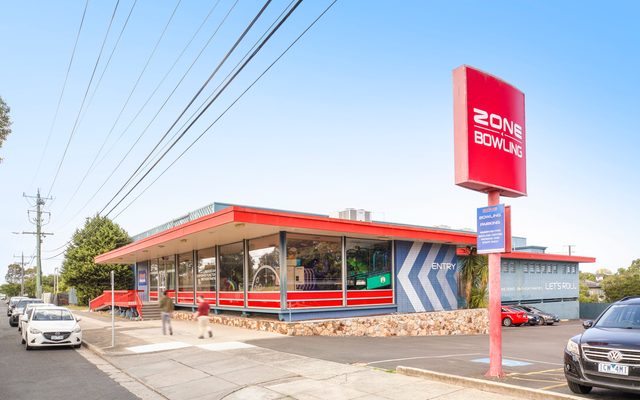This article is from the Australian Property Journal archive
RETAIL vacancies across the Melbourne CBD’s key shopping and hospitality precincts have nearly halved over the last year, as the city continues to recover from the impacts of its COVID-19 lockdowns.
According to Fitzroys’ 2024 Walk the CBD report, retail vacancies dropped to 8.7% across key precincts compared to 15.5% in the 12 months prior.
“Retail has admirably weathered this critical period for Melbourne. Retail has dealt with the pandemic and its lockdowns, the resulting shifts in office worker routines and changes to CBD shopping, dining and lifestyle habits, as well as key pockets of the city effectively being shut down long-term for construction projects,” said James Lockwood, division director – agency from Fitzroys.
“As the city settles into a new rhythm of live, work and play, we expect a bright period ahead for Melbourne CBD retail.”
Take-up was driven by hospitality, food and beverage and entertainment operators, with the proportion of hospitality and food and beverage tenants in the CBD climbing from 34.1% to 40.9% of all surveyed spaces.
While service retail increased modestly to 16.7% and specialty saw a minor fall to 31.8%, while space undergoing development remained steady.
“The momentum in the hospitality and food and beverage sector has continued on from the initial stages of the pandemic recovery, which saw a record-breaking number of hospitality and entertainment venues open up across the City of Melbourne,” added Lockwood.
“The recession of the 1990s was followed by innovation across the CBD, and we’re now seeing a similar pattern of new hospitality venues opening, laneways being activated and inner-city living taking off again.”
The “Paris End” of Collins Street continued to boast the lowest retail vacancies at 2.6%.
While Swanston Street saw the greatest change in vacancy rate, falling from 18.7% to 3.7%, with food and beverage tenants growing from 34.8% to 51.0%.
Bourke Street Mall saw its vacancy rate fall from 13.8% to 4.0%, with specialty tenants lifting by more than 10% to 76.0%.
In the Retail Core, vacancies were down from 17.1% to 11.1% with food and beverage increasing from almost 8% to 44.4%.
Chinatown saw a rate decline from 13.7% to 7.4% with an increase in food and beverage tenants of 7.5%.
Flinders Lane, one of the city’s most sought out hospitality precincts saw its vacancies halve to just 6.0%.
“The ongoing return of international students has brought a real buzz to the CBD, and there’s been ongoing momentum in the food and beverage sector, while landlords have been more willing to meet the market on rents,” added Lockwood.
“Together with the anticipation of the completion of the Metro Tunnel, that’s all come through in the vacancy data.”




